Be aware that you are not seeing life as it is. You’re seeing it as you are, according to unconscious filters you have created, which control what information reaches you. How does this happen? How is it affecting your life? And how can you change this? Find out more here.
Watch my video on this topic here.

Our perception of reality is filtered, colored, and distorted by both our past experiences and current focus. Research has shown that we experience a highly selective view of reality. The first step in dealing with this is to become aware of it.
In psychology, the term used to describe this is “inattentional blindness.” The most famous experiment, which became a big YouTube hit, showed how people would fail to spot a man dressed in a gorilla costume passing right in front of the camera, because they were focused on counting the number of times people were passing a basketball to each other.
If we can’t see a man dressed as a gorilla right in front of us, imagine how much more is going unperceived around us.
This happens because our brain has energy-saving mechanisms. Processing information is hard work, so our brain pre-selects what it will process, significantly reducing the amount of data it must process. Think of it as a spam filter. Just as your email program automatically separates emails it thinks you don’t want to see, making it easier for you to deal with your inbox, so too your brain shows you only the part of reality you need to be aware of. And just as you’re not aware of what your spam filter is doing and what rules are in play, so too you are not aware of the exact filters in operation and what information is being hidden from you by your brain.
You can, however, change this. You can learn how rules are created by your unconscious filters. Your filters are determined by your conscious objectives and current worldview, or, to use another important psychological term, your mental map.
The participants in the gorilla experiment had the conscious objective of counting the number of times a ball was passed. This focus created a filter. The instruction, if verbalized, would sound something like, “Dear brain, all I want to know is how many times the ball is passed from one team member to another. Don’t tell me anything else.” The brain then dutifully performs the task. As a result, most participants never “saw” the man dressed as a gorilla, even though he was right in front of them.
When we’re in a bad mood, we create a filter of negativity. We tell our brain, “Dear brain, I’m in a foul mood. The world is conspiring against me. Please show me how I’m right about this. Help me prove to myself and the world how life is miserable, by pointing out to me everything that is wrong.” The brain then carefully helps us see problems and hopelessness everywhere, making us even more miserable, more entrenched in that worldview, which then further strengthens our negativity filter.
But we can hack the system. It’s as if we can click on our “configurations” and take manual override of the filters. One documented example of this is the use of gratitude journals. A gratitude journal is the simple exercise of every day writing down three to five things for which we are grateful. This may sound insignificant, but studies show it has a remarkable effect on uplifting people’s well-being. Why? Because a new filter is put into action: “Dear brain, I have to write down things I’m grateful for. So I’m looking for good things in my life for which I can give thanks. Please record positive moments in my day so I have something to write in my gratitude journal.” Now, as you go about life, you start to notice the good things. This makes you more positive. As you become more positive, you see more good things and interpret more of them as being positive, and so on.
On a larger scale, we have to bring to our conscious attention important considerations on life: Who am I? Where am I? What is the goal of my life? Is there more to reality than meets the eye? Does God exist?
These existential questions aren’t mere curiosities. They are not just nice quandaries to mull over in a philosophy class or over a campfire with friends. They are pillars of how we perceive reality and, as such, define our filters, which in turn define our life experience and well-being. Whether or not you are aware of it, you have an ongoing answer to these questions and they are shaping your life, your choices, and your mental map.
When these pillars of our identity and worldview are wrong, we perceive reality wrongly, and consequently we suffer.
In the book, The 3T Path (https://3tentesting108.com/books/) you’ll find an entire section of the book with these and other tips for overcoming life’s obstacles.
Look what they’re saying about The 3T Path book: “This book has been a guide in my search for greater meaning and self-realization” – Leonardo Dias

